When Apple yanked ICEBlock from its App Store, something fundamental shifted in how we think about apps, government pressure, and who really controls what is on our phones. Not just another removal. A real time demonstration of how fast political pressure can steamroll user choice in a centralized ecosystem.
The spark was Attorney General Pam Bondi directly demanding Apple take down ICEBlock, the most popular app in this category. This was no gentle suggestion. Bondi explicitly stated she "demanded" Apple remove the app, with no ambiguity or gentle suggestion. Within hours of the Attorney General's public demand, the app was gone. Just like that.
What makes the reversal striking is the profile of the app. ICEBlock had exceeded one million downloads, according to AppFigures data cited by NBC News (reported as of summer 2025). It worked a lot like Waze, letting people share ICE sightings within a five mile radius. Apple's staff had already reviewed and approved it. The developer even said multiple constitutional and criminal attorneys had vetted it as protected by the First Amendment.
Government pressure meets platform compliance
From a tech policy angle, the sequence was blunt and effective. Not the usual regulatory back and forth, but rapid, direct pressure that landed. The speed of Apple's compliance shows how centralized app stores create a single point of failure when government demands arrive.
Apple's justification was simple enough. The company said it received "information from law enforcement about the safety risks" tied to these apps. Google later removed similar apps (for example, Red Dot), saying the titles violated its Play Store policies; Google characterized those removals as policy enforcement.
Apple has acted in this space before. The company removed apps that enable people to evade law enforcement, such as DUI checkpoint warning apps in 2011. ICEBlock feels different. Legal experts argue that explicit demands or threats to suppress speech cross the First Amendment line, citing Supreme Court precedent around government coercion.
The key difference is how public and direct it was. No quiet policy channel, no plausible deniability, just an on the record demand and swift removal.
What the apps actually did, and did not do
To weigh the safety claims, you have to look at the tech. ICEBlock's privacy design was unusually strict for a social reporting tool.
The app let users lawfully share where they saw ICE agents within a five mile radius, including agent clothing and vehicles. The standout detail, the developer and some network tests say ICEBlock does not collect or store user data; privacy researchers caution that underlying platform telemetry and vendor infrastructure could still expose user activity. An iOS first design helped it achieve anonymity by leaning on the platform's privacy advantages.
The knobs were tuned, not random. The five mile radius and automatic four hour deletion were set for usefulness without leaving a trail. The developer chose iOS because anonymity on Android is not feasible due to push notification requirements. As Joshua Aaron put it, it is "100% anonymous and we are not collecting or storing any identifiable user information".
So the kind of privacy Apple usually celebrates met a hard stop once officials labeled it a safety risk.
The broader surveillance context
There is a second track to this story. While ICEBlock tried to help people avoid ICE agents, the agency was busy expanding its own surveillance machine.
Federal contracting records show the agency is seeking private vendors to run a multi year surveillance program monitoring social platforms around the clock. Picture nearly 30 private analysts at Immigration and Customs Enforcement facilities in Vermont and Southern California, with California hosting a larger, nonstop watch floor with 16 staff.
The tempo is brisk. Urgent cases must be researched within 30 minutes, high priority cases get one hour. ICE expects at least three quarters of all cases to hit those deadlines, with top contractors closer to 95 percent. The agency set aside more than a million dollars a year for the latest surveillance tools.
Privacy focused counter tools got pulled. The surveillance apparatus got more resources. That is the asymmetry.
What this means for the Apple ecosystem
Here is the platform paradox at the center of the dustup, the same centralized control that enabled ICEBlock's privacy protections made it easier to pressure Apple as a single gatekeeper. The walled garden delivers security and polish, yet it also invites one call, one decision, one outcome.
That reshapes the developer calculus. App availability is now about navigating a politicized landscape where government pressure can override user choice overnight, not just code quality or demand.
For developers, the lesson is blunt. ICEBlock hit Apple's privacy ideals, crossed a million downloads, and delivered obvious community value, but was not protected once officials branded it a threat. The developer also said Apple has not reached out or offered a chance to appeal, despite the app's large user base and prior approval.
That raises hard questions about accountability and agency. When platforms act as primary gatekeepers, their compliance does not just affect a single title, it shapes what civic technologies can exist at all.
The fight is not over
The developers are pushing back. ICEBlock creator Joshua Aaron called the removal a violation of First Amendment rights and warned that constitutional rights are "being stripped away" and vowed a legal fight. He vowed to fight the move, stating that ICEBlock is protected speech under the first amendment of the United States Constitution.
Legal experts suggest he might have a case, given the explicit nature of the demand. The outcome could define how far government pressure reaches into private platform governance when First Amendment protections are in play.
Civil rights attorney Alejandra Caraballo warned about "the kind of precedent that this sets" where the government can "basically dictate what kinds of apps people have on their phones". That is the core question, not only whether this one app should exist, but who gets to decide and how. The answer will determine whether centralized platforms keep any independence from direct government pressure, or become enforcement mechanisms for whichever administration holds power.
Bottom line, the ICEBlock removal is more than app store policy. It is a test of digital rights in an era of centralized platforms. The precedent taking shape here will steer platform governance for years, setting the balance between user choice, platform control, and government authority.




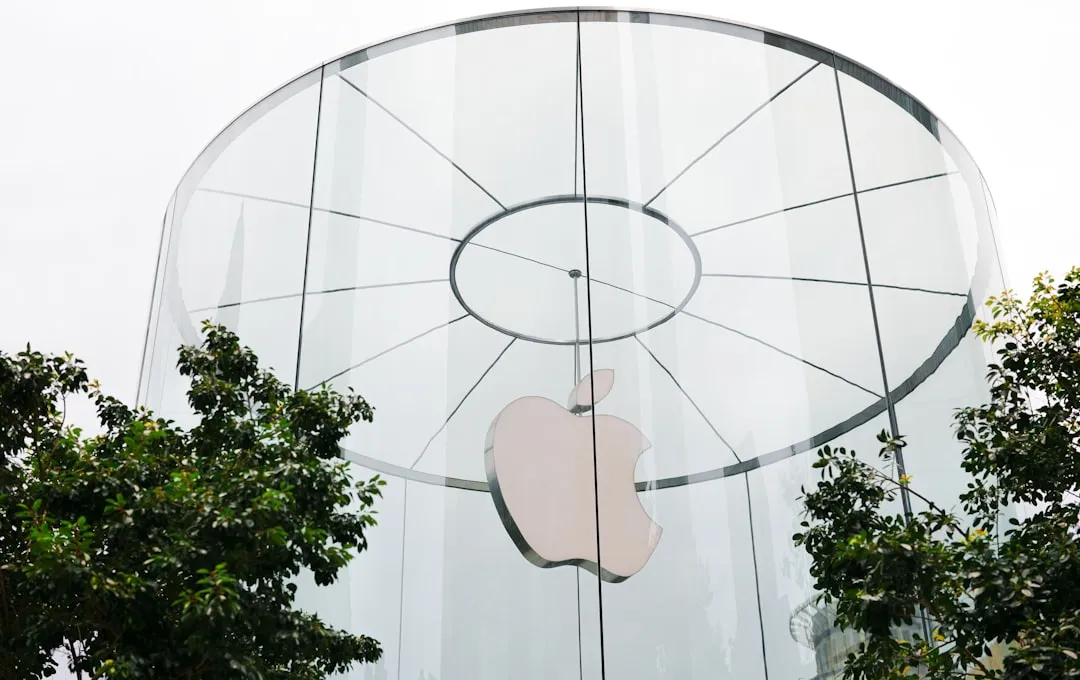
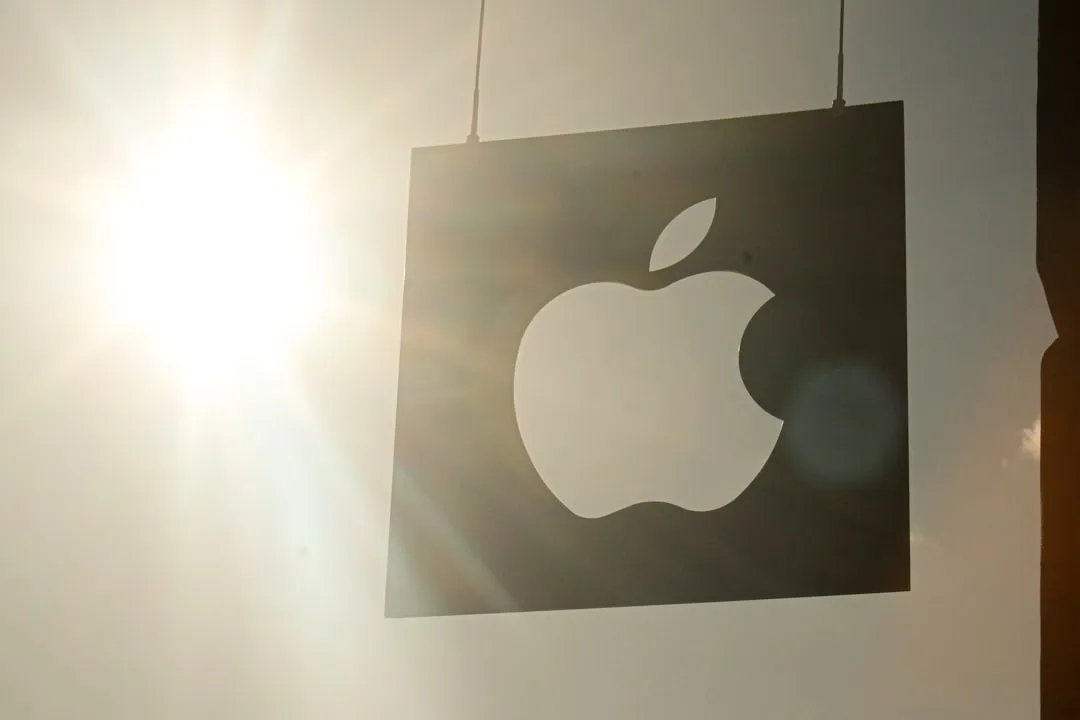
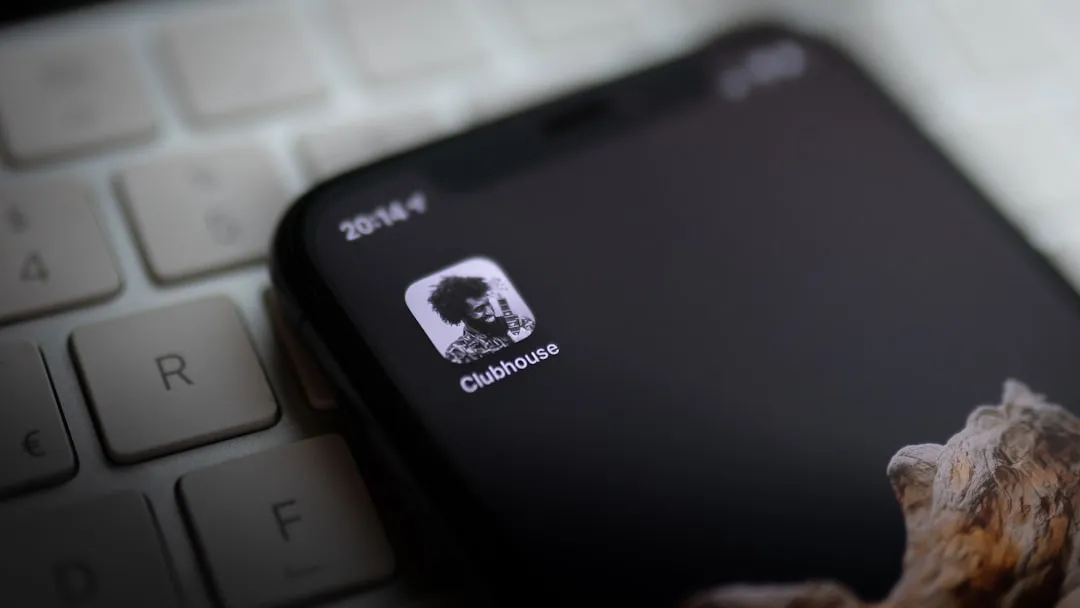
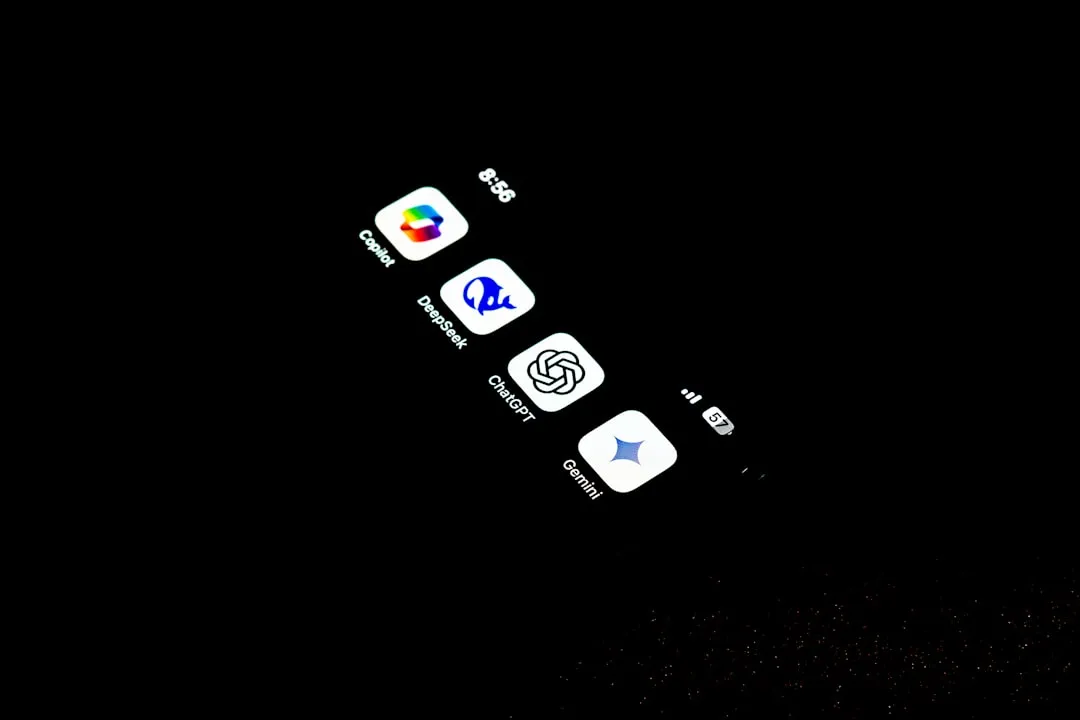
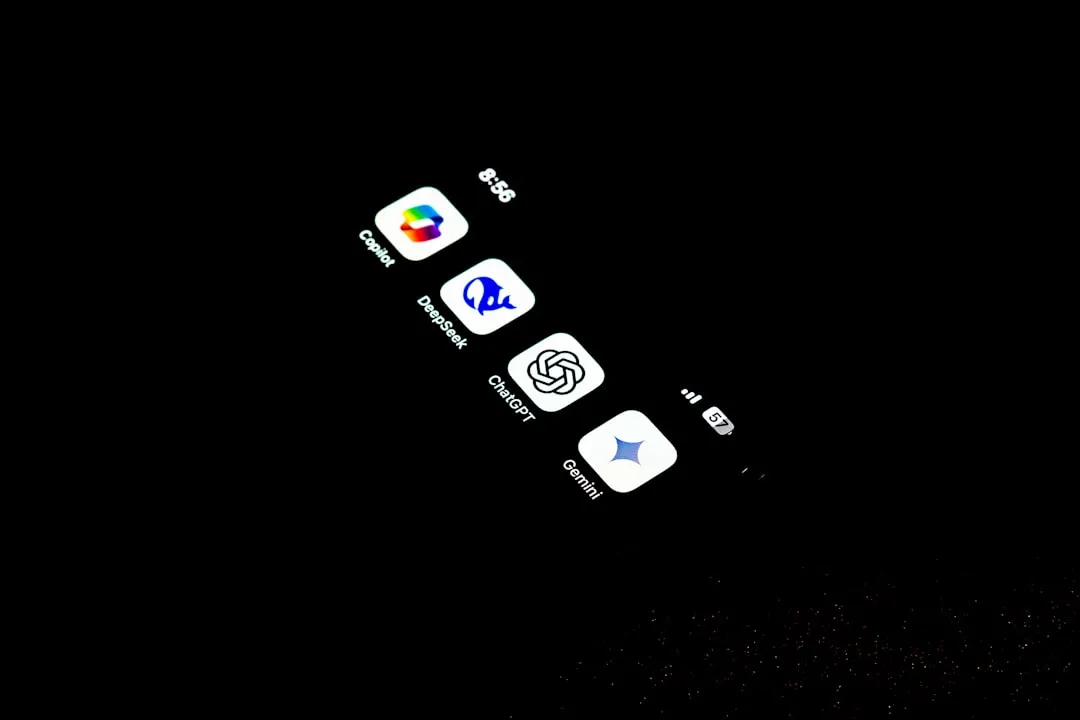
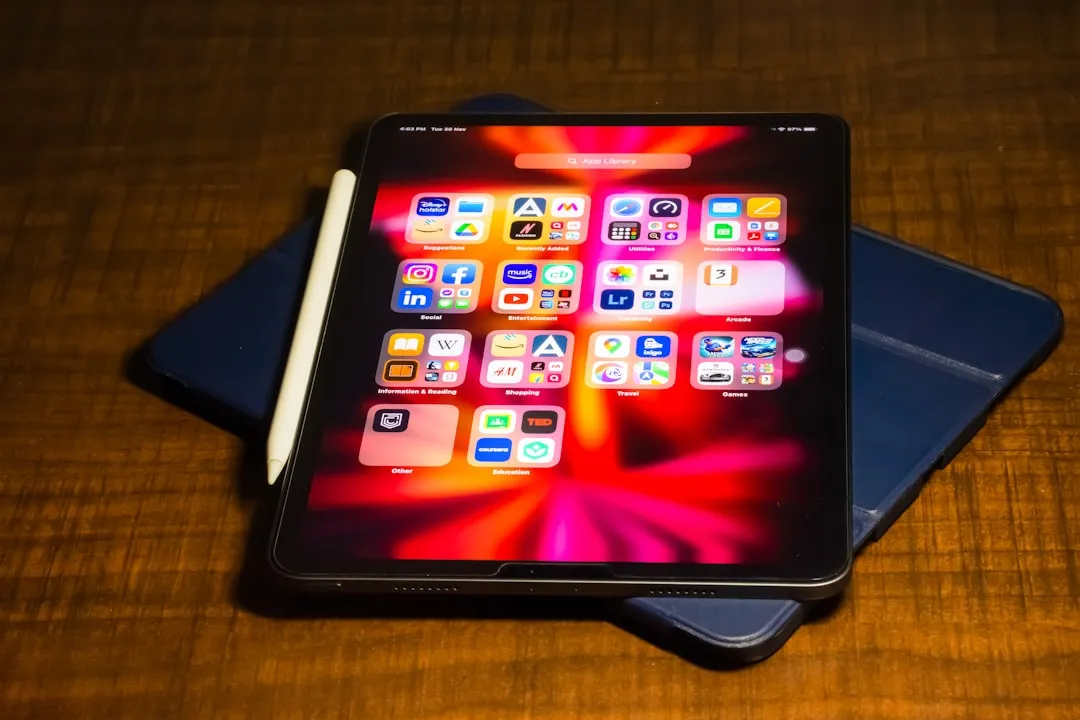
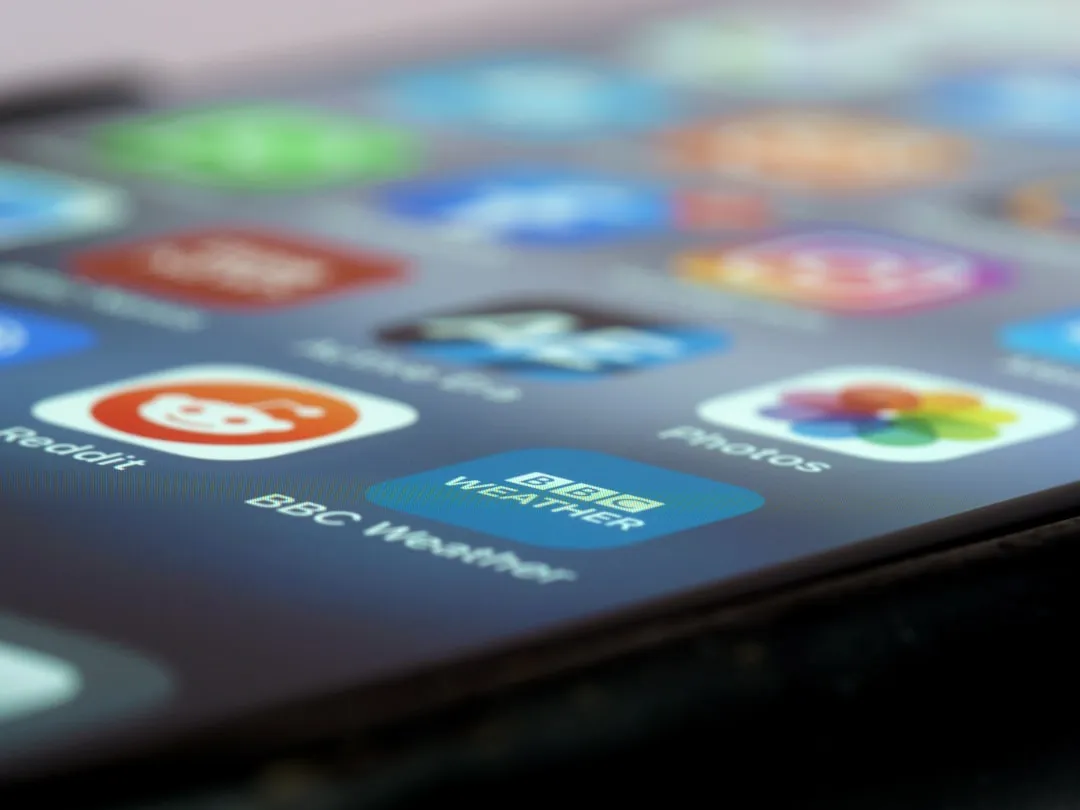
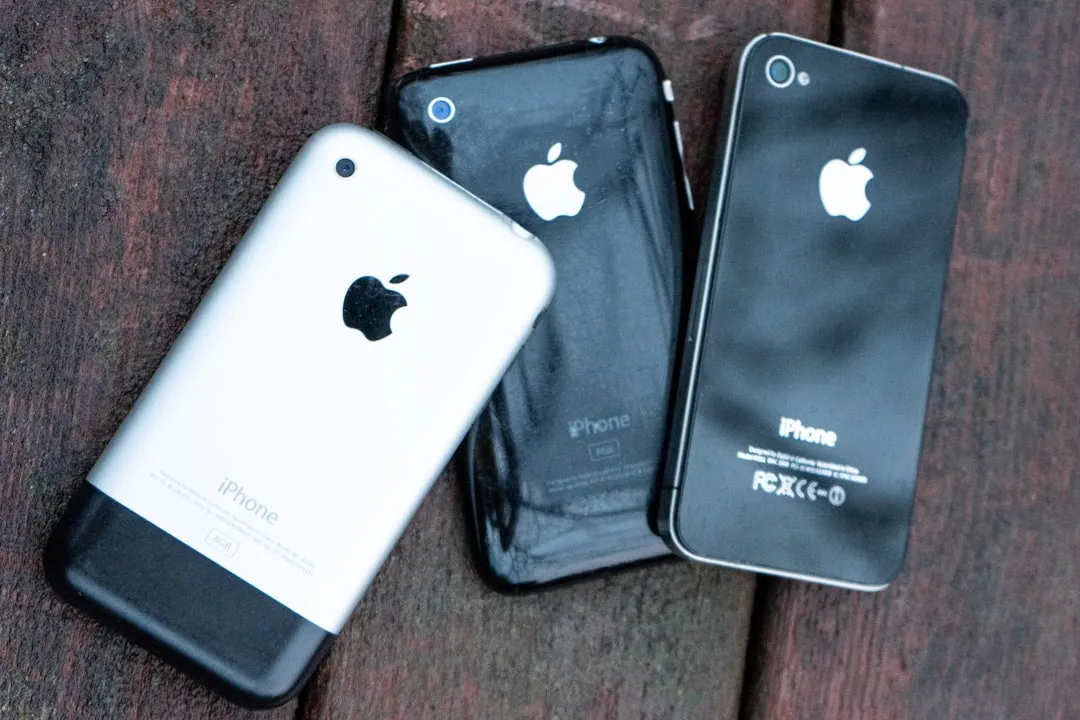
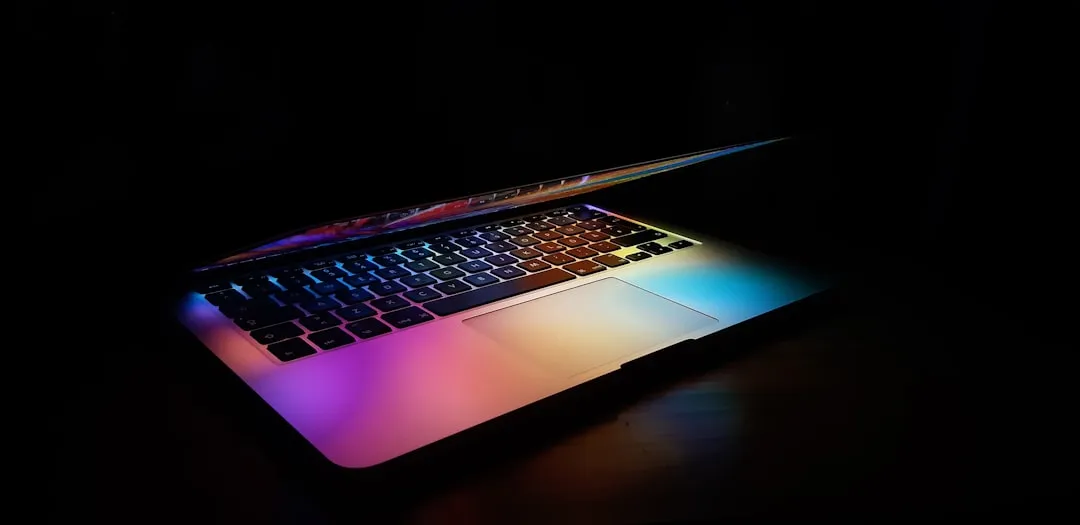
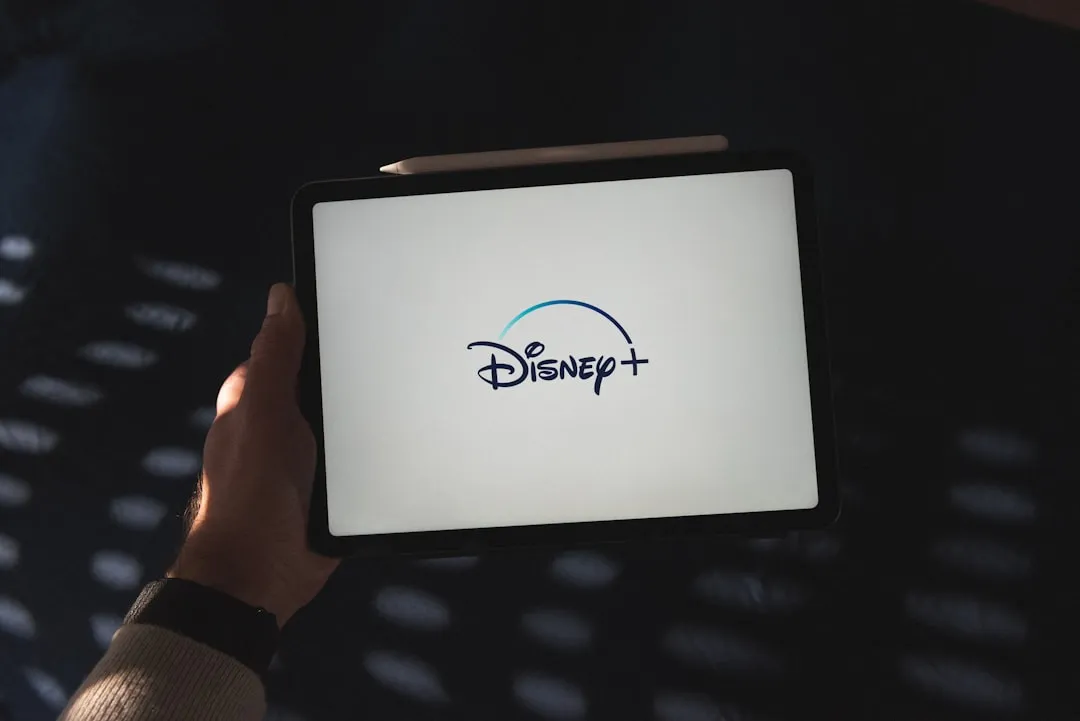
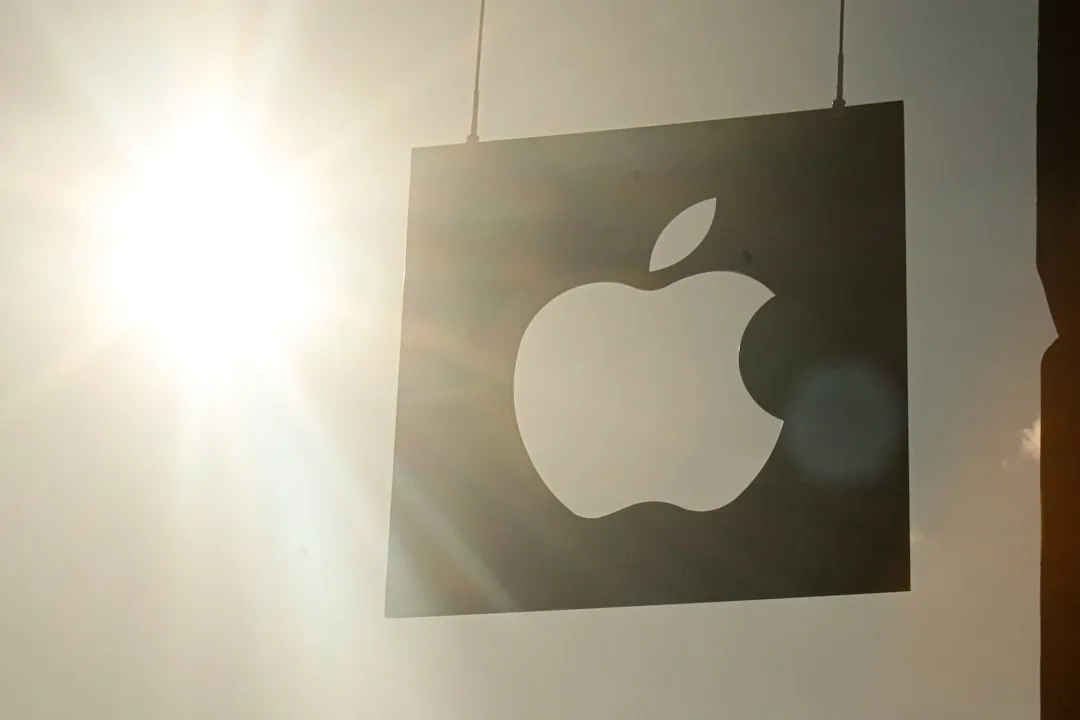
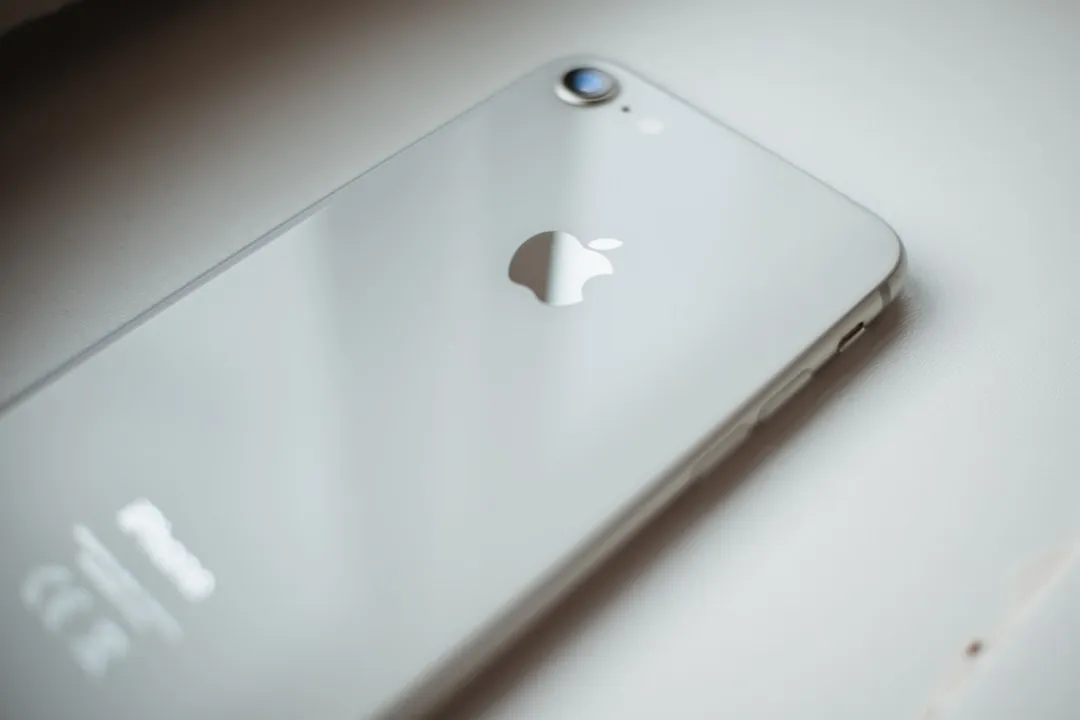

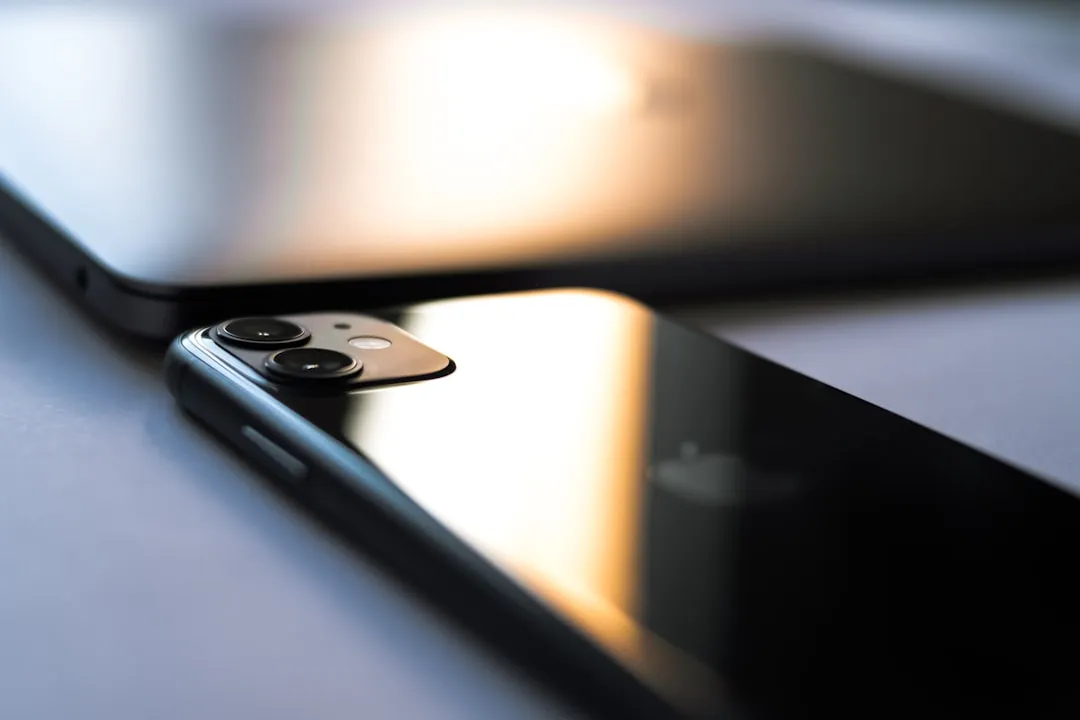
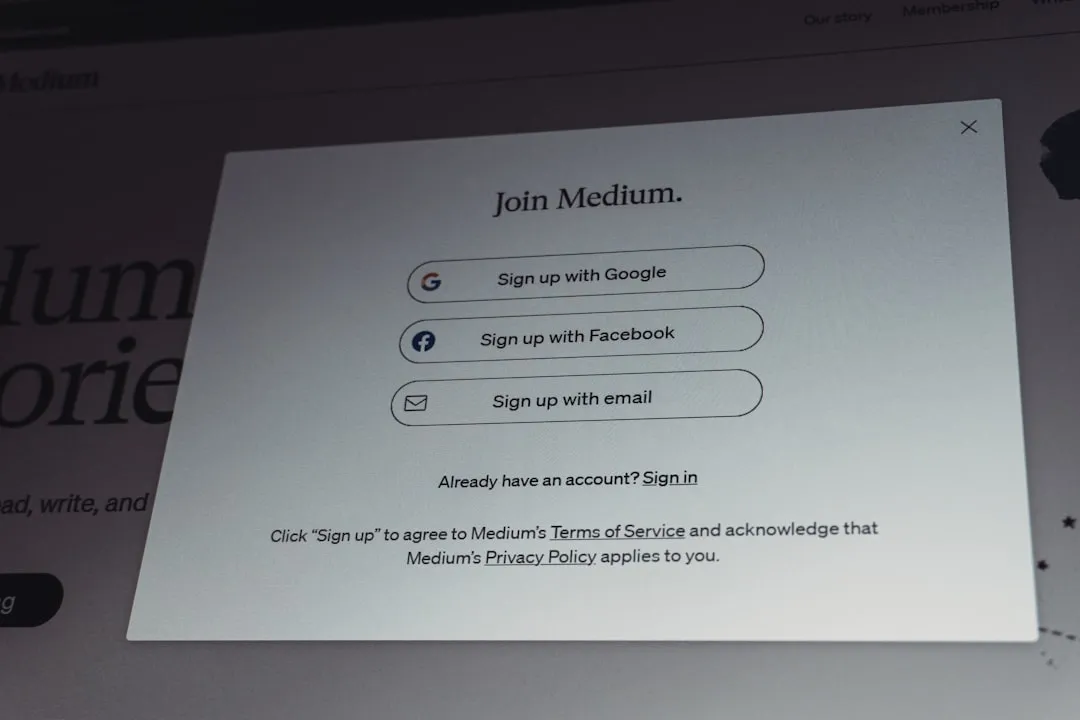
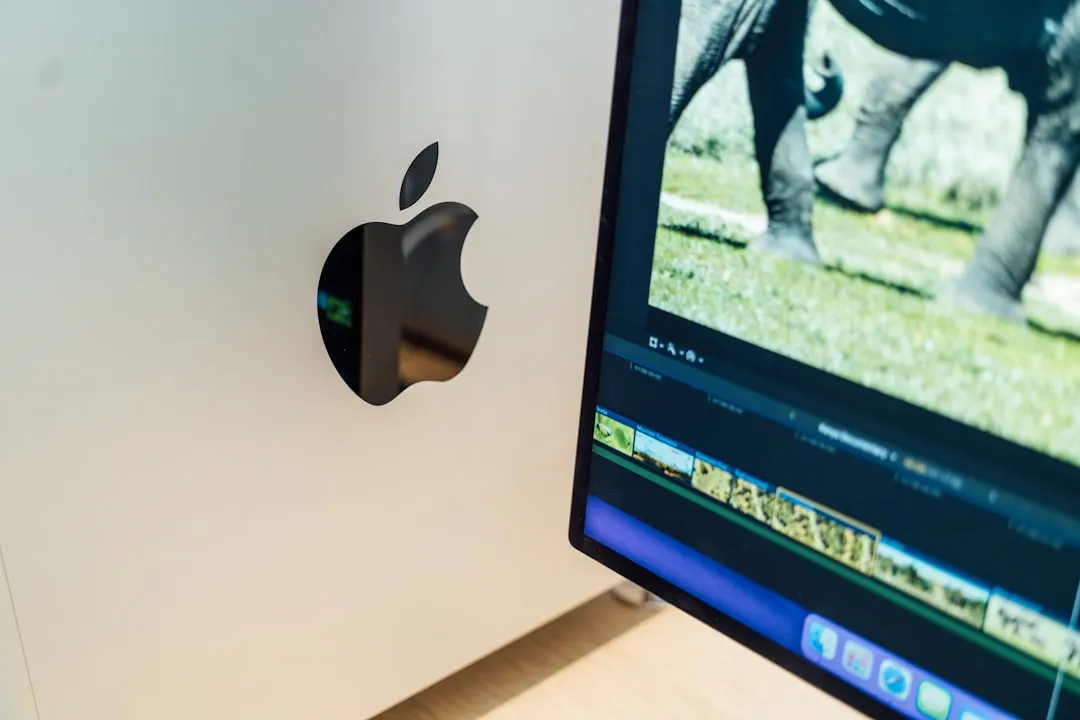
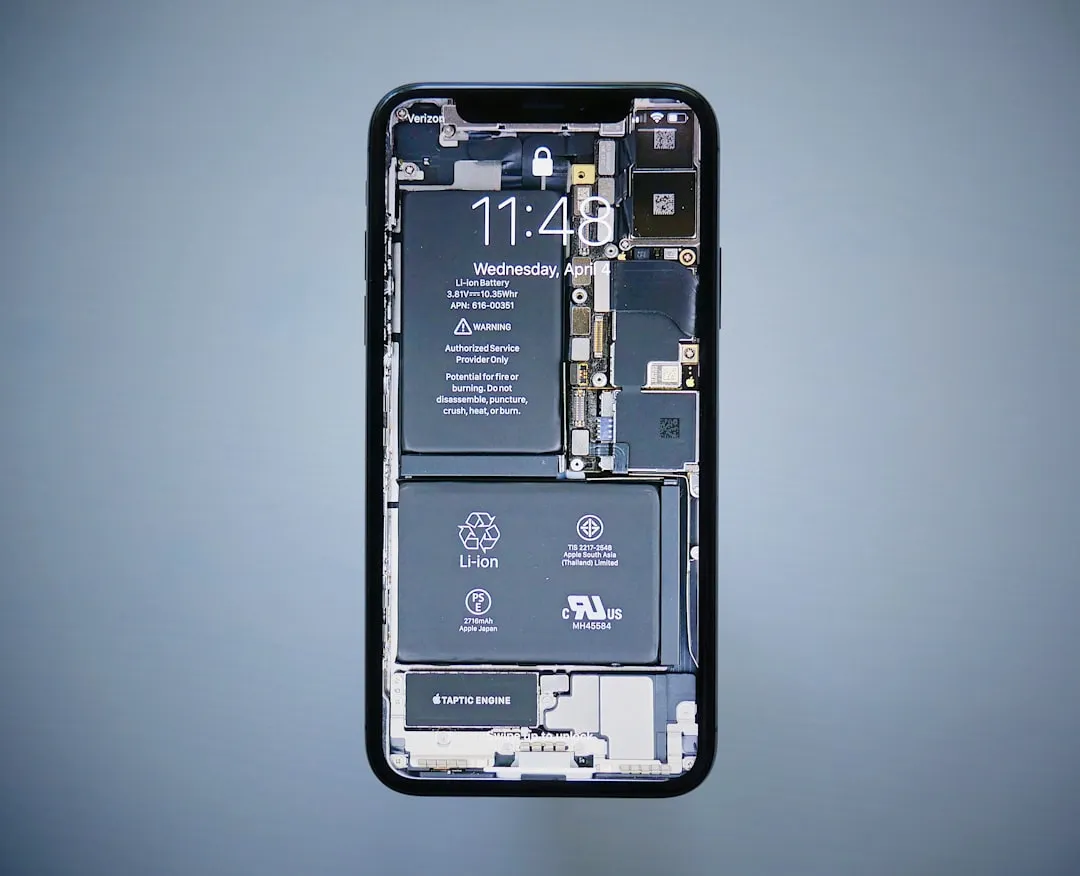

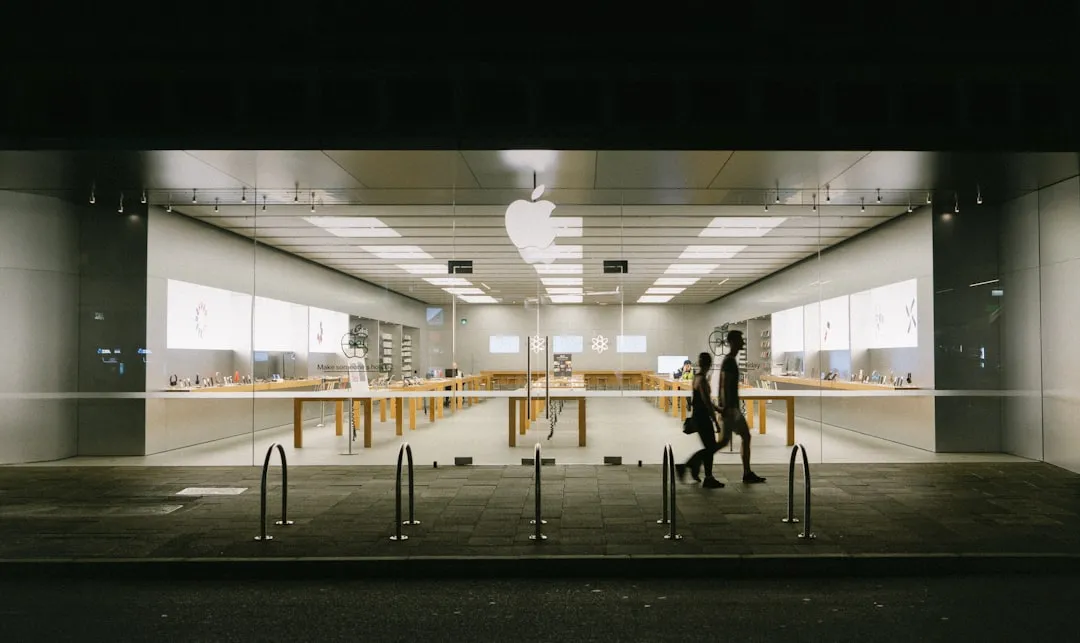
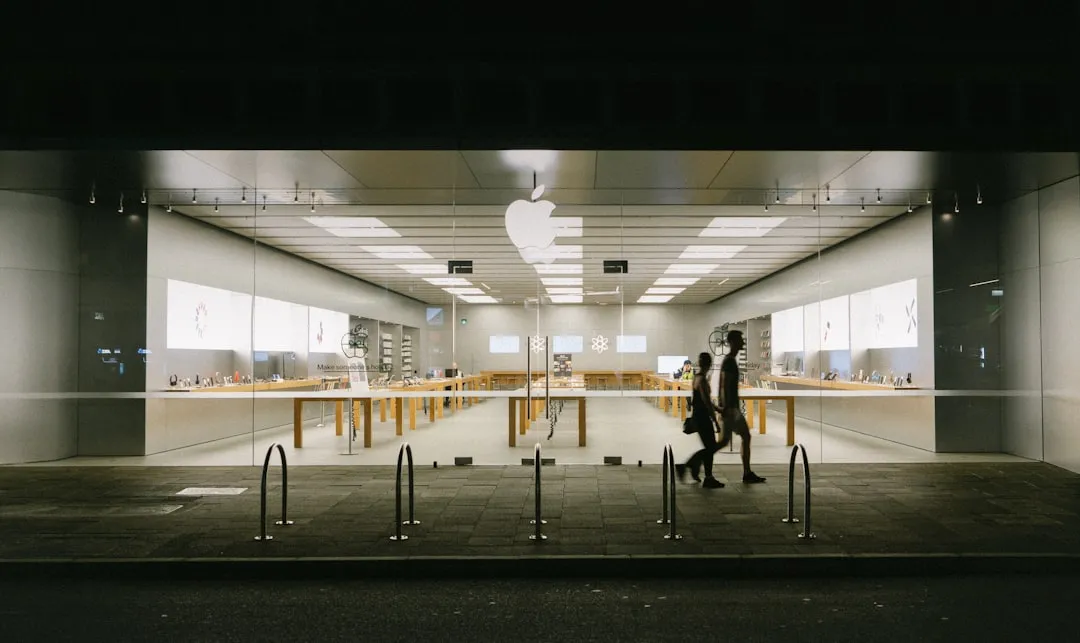

Comments
Be the first, drop a comment!